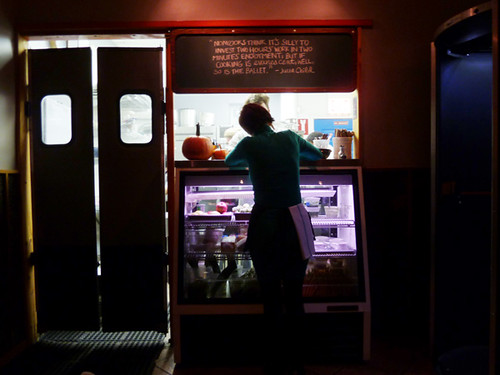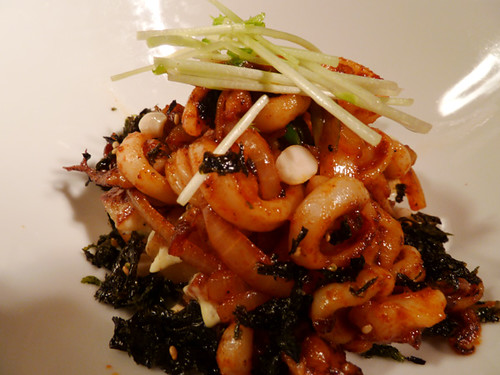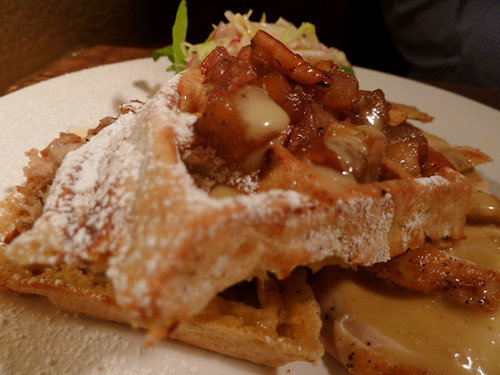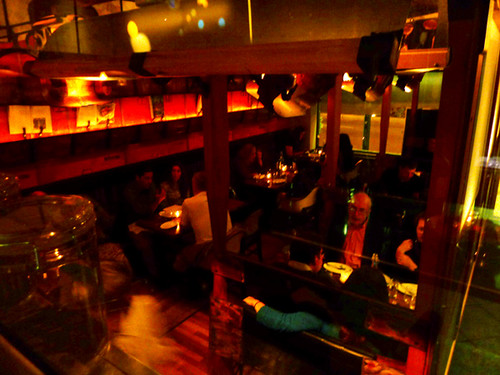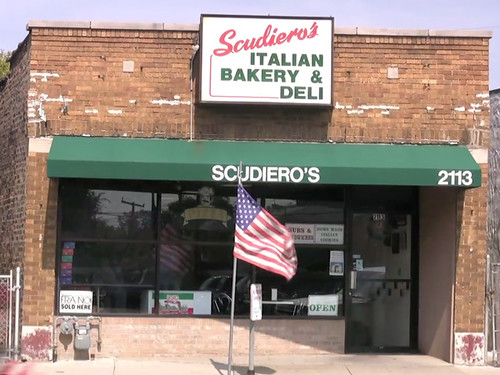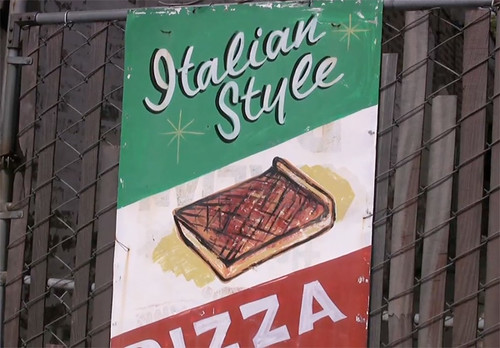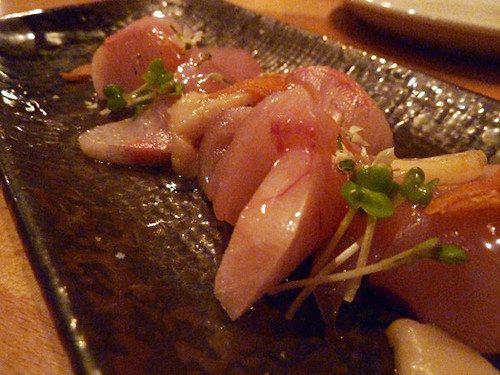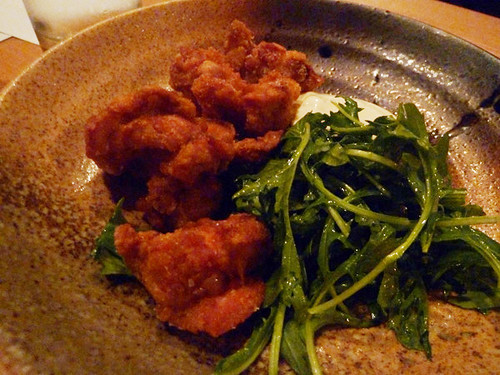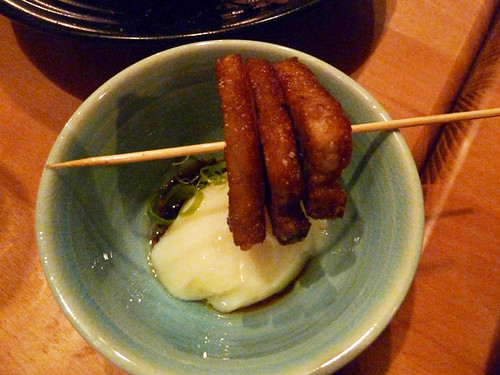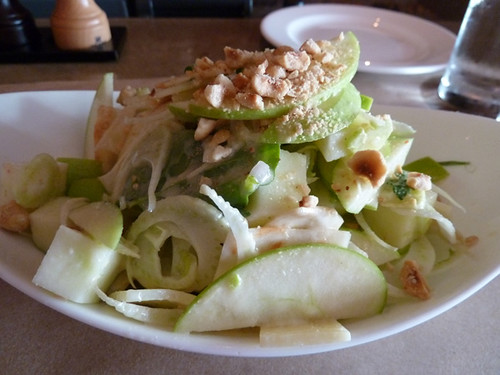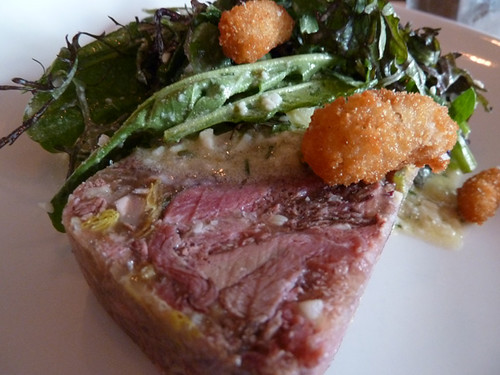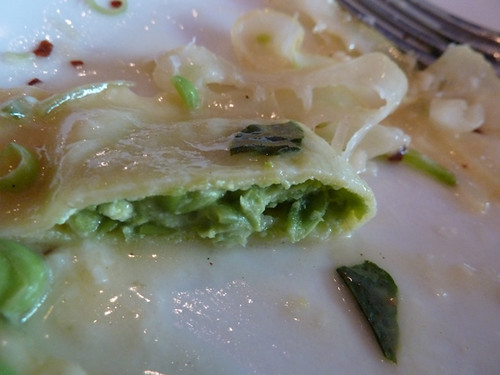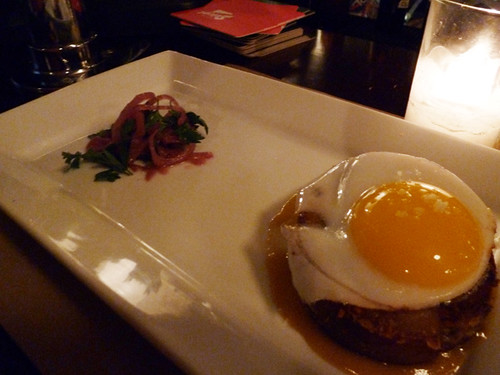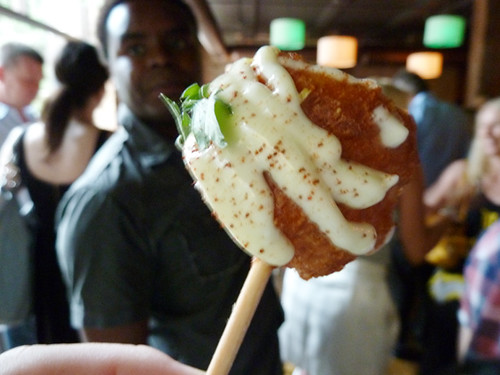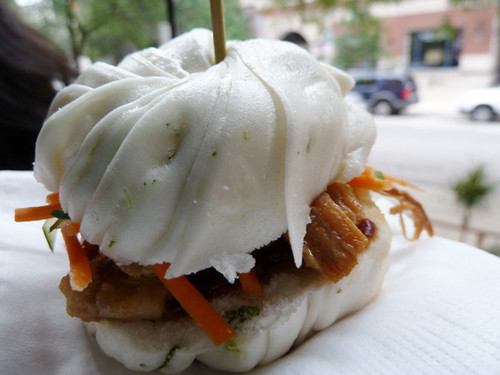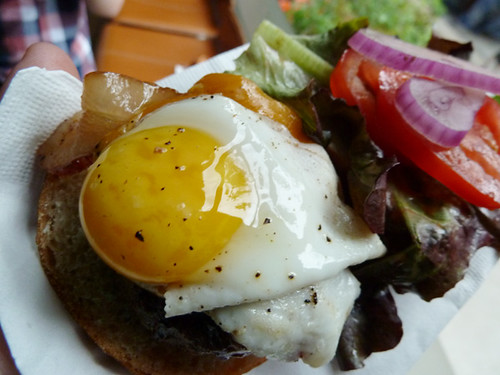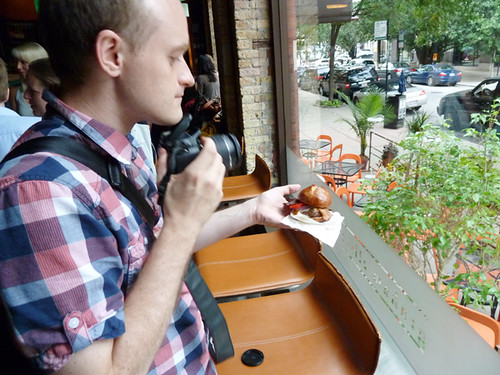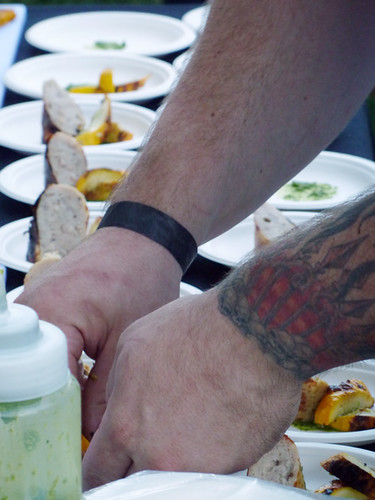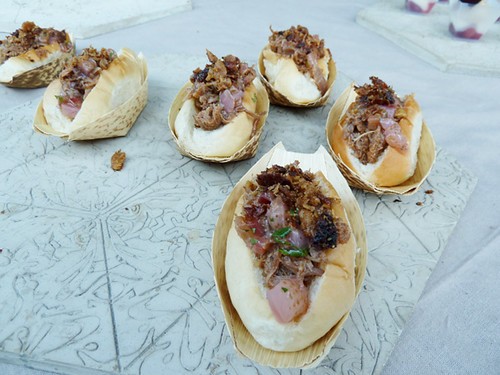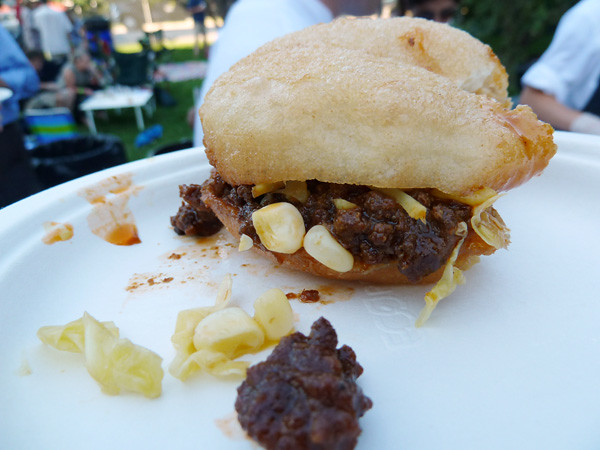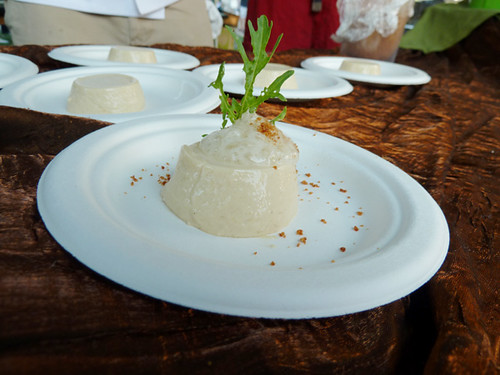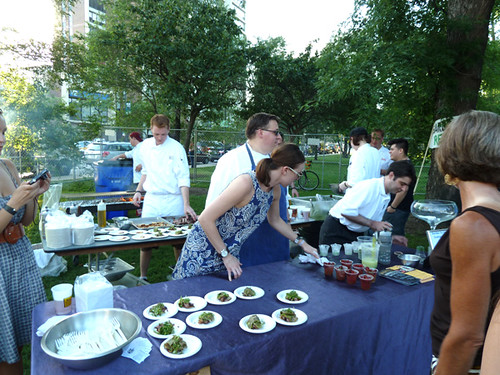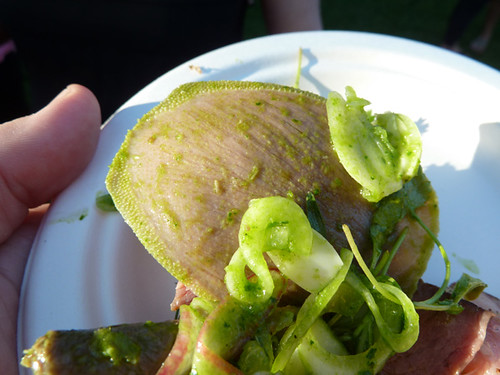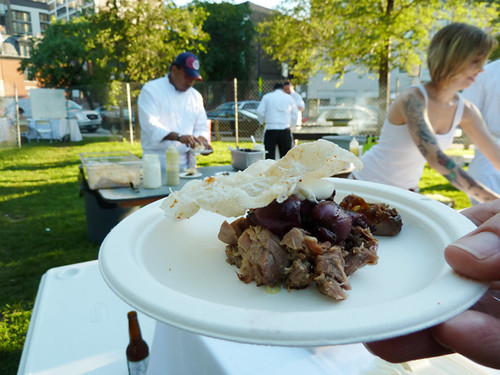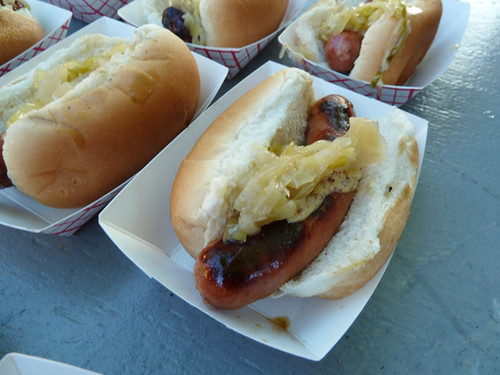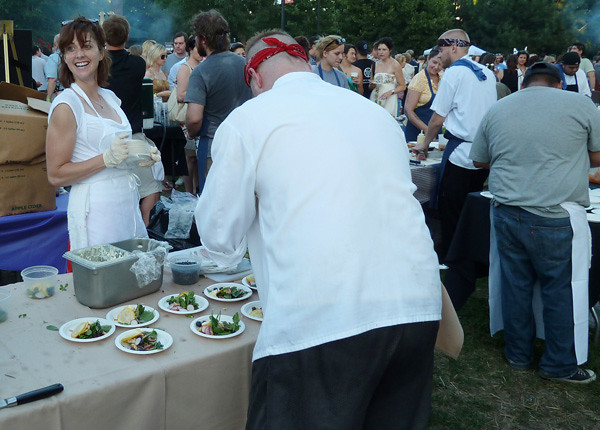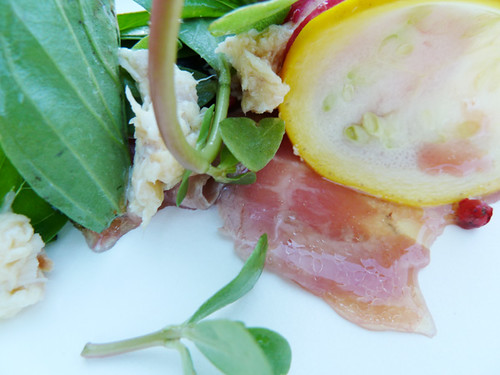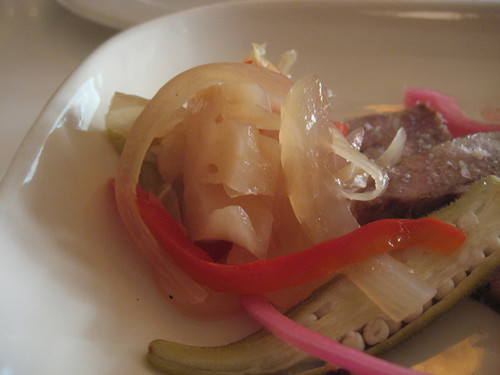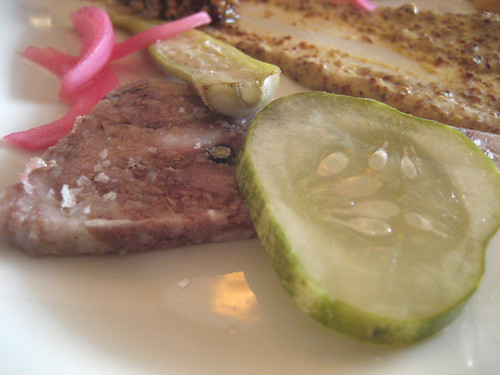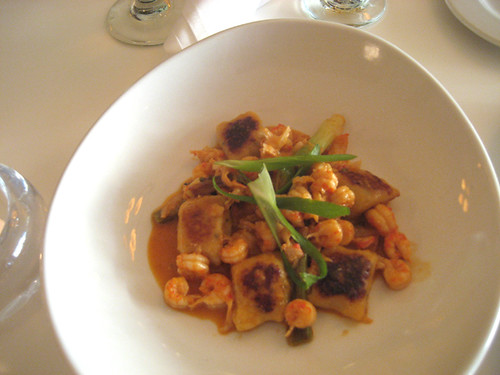NOTE: Speaking of pizza, as this post will shortly, check out my color commentary and, more to the point, Dan Zemans’ definitive bestiary of Chicago pizza styles in this Serious Eats piece.
Almost is the saddest word in a food writer’s lexicon. Of course, most often it’s saddest in the sense of “We almost like your idea enough to pay you to write it for us.” But it can also be in the sense of, a place that almost pulls it off, almost gets what it takes to go from okay to really good, but misses. Herewith, two recent examples.

Sanfratello’s
I first spotted Sanfratello’s a zillion years ago on, I think, the way south side ice cream tour on LTHForum. (Sadly, the photos aren’t linked any more.) The original Sanfratello’s is down in Glenwood, wherever that is, somewhere around Tinley Park or somewhere. And under Mike G’s rules, as a pizza place that’s been around since the 1960s, it deserved to be tried. But it’s also sprouted a half dozen other locations all on the Indiana side of the southeast side/Northwest Indiana region, in places like Highland, so when I took the boys over there for an event a while back, we spotted a Sanfratello’s and tried it for dinner. (Actually we spotted one and went in, turned out it was takeout only, so they told us how to find another a couple of miles away.)
In many ways it’s a typical Chicago thin crust, except for one eccentricity— which turns out to be of huge importance. Basically, this is fried pizza. Yes, fried. You heard it right.
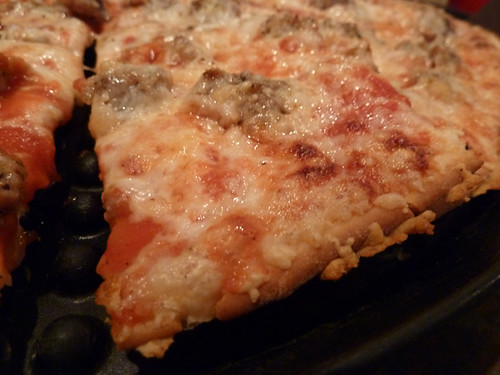
It’s not as weird as it sounds. Basically it means you put the dough in a metal pan which has been very liberally greased, and the grease liquefies enough and fries it enough to crisp up the outside. It’s actually done with a lot of pan pizzas, producing a characteristic moonscape texture on the bottom where bubbles form, and so on. (Pizza Hut’s pan pizza is something of an example.)
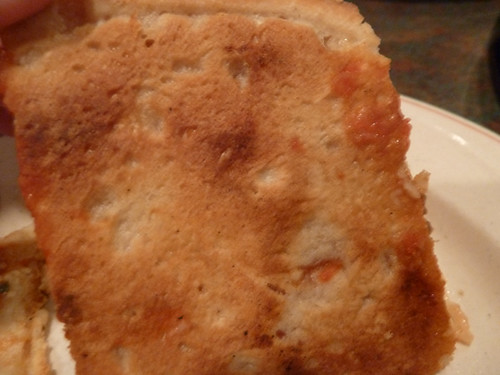
But on a pan pizza, it helps fluff up the fast-rising, bready-spongey crust. Here, on a short dough, it hardens it like a popover, and fries the edges of the cheese that spill over. It’s a very different sensation, there’s something essentially un-pizza-like about this cookie-like crust and the caramelized grilled cheese edges, something that seems halfway to being pastry.
But I’d have liked it as an oddball outlier among south side thin crusts, except for one thing— well, two things: the toppings and the sauce just didn’t have that much flavor. Give me a tasty tomato sauce, even a sweet one like Aurelio’s (another south side chain), and give me Italian sausage with some real fennel-y kick and porky funk to it, and I could have loved it. Unfortunately, I felt both these things were kind of bland. They really did taste like a pizza place from the 1960s, and in a sense that’s no compliment.
Still, I almost liked this weird pizza enough to hunt it down again any time I’m in some farflung place on the southeast side. Almost.
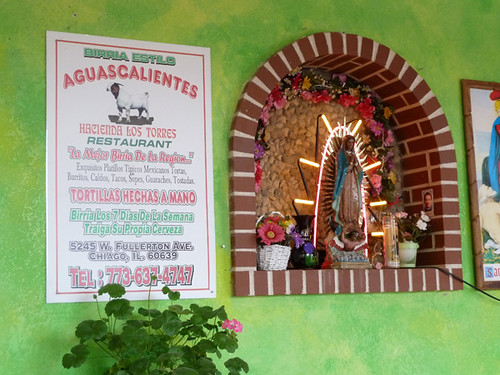
Hacienda Los Torres
Is there a cuisine that breaks your heart by getting wrong what would be so easy to get right, more often than Mexican?
I spotted the word Birria on the sign for Hacienda Los Torres on the west side, and decided to give it a try. There were a lot of signs (literally in some cases) of potential greatness— pork on a pastor spit, this poster proudly advertising their birria, the promise of handmade tortillas. Maybe too many things for them to be good at all of them.
It was also dead at noon. Not a promising sign in this big a place. But I ordered a plate of birria, and a pastor taco on the side.
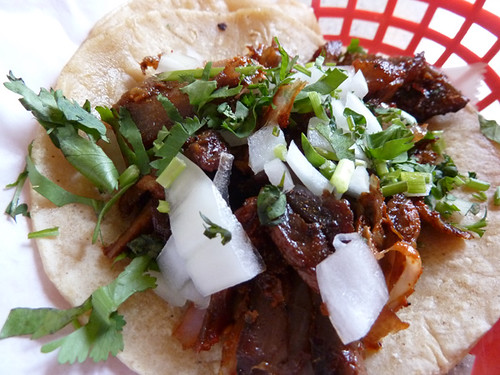
Sadly, I could see that they were flubbing the potential of the pastor taco the moment the cook went to make it. He could easily have flipped on the gyros-spit and made me a beautiful crisped-up taco; but instead he gathered up some meat that had been cut some time earlier from the greasy tray at the bottom of the spit, and put it into a pan to reheat it. Not surprisingly, the result was pastor jerky, pastor Hubba Bubba, and given the time that it had probably spent unrefrigerated… well, I know the rules at LTHForum are that you can’t know who gave you an upset stomach the next day with a definitiveness that would pass legal muster, but let’s just say that that pastor cone would be a key person of interest in the investigation.
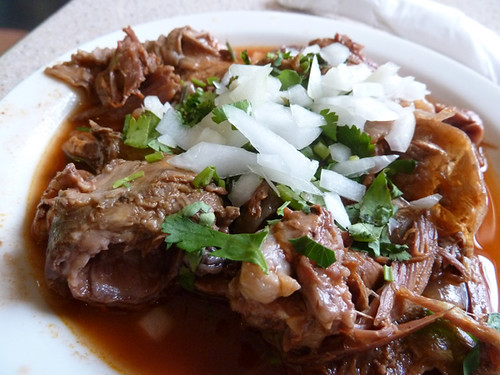
The birria wasn’t much better. Okay, it was probably quite a bit better, without being good. The flavor was all right, but nothing great. But even for a gristly bony meat, this was a seriously fatty, cartilagenous plate of goat. I basically got one, maybe two tacos out of it for about $9; the rest was scrap. I never understand the attitude that insists on dishing up a lousy plate in an empty house— you’ve got one customer for the whole lunch period, and you give him something as bad as this? Shouldn’t you figure that a lot of it’s going in the trash at the end of the day anyway, you might as well dish your only customer up the best plate you can make?

It’s too bad because there were two things that came as part of the meal that were actually quite good. One was the handmade tortillas; though rewarmed, they were still freshly supple and heartily enjoyable. The other was the consomme de chivo (goat soup) that came with the birria:
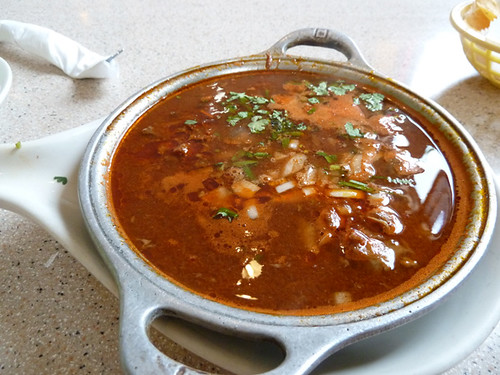
Surprisingly, this had all the complexity and depth of flavor that the birria was lacking— and frankly, it had hardly any less usable meat than the woeful plate of birria, either. This was the only thing I might conceivably return to Hacienda Los Torres for. But as I was leaving the empty restaurant, I saw the cook was taking raw arrachera (skirt steak) and putting it on the grill, to cook it up ahead of time so that it would have the dry, greasy texture of reheated meat whenever a crowd actually came in to order tacos. A pity, almost— but one that suggests habits of convenience over excellence so ingrained there’s no hope of overcoming them.
Hacienda Los Torres
5245 W Fullerton Ave
Chicago, IL 60639
* * *
But to end on a happier, Mexican-flavored note, I went back to Chantico last week with my family, and it continued to be what it was, which is to say, a restaurant that has some impressively flavorful and well-made dishes (a special of caldo de res) and some that seem a little too blandly Ameri-Mex (the fish tacos, mole poblano that’s too chocolatey); but even the less authentic ones are always well prepared with good quality ingredients. And just as pleasing, they are extremely friendly and welcoming, and thanked me for returning by bringing us out a complimentary dessert. No almost about that.


 Posted in
Posted in 

